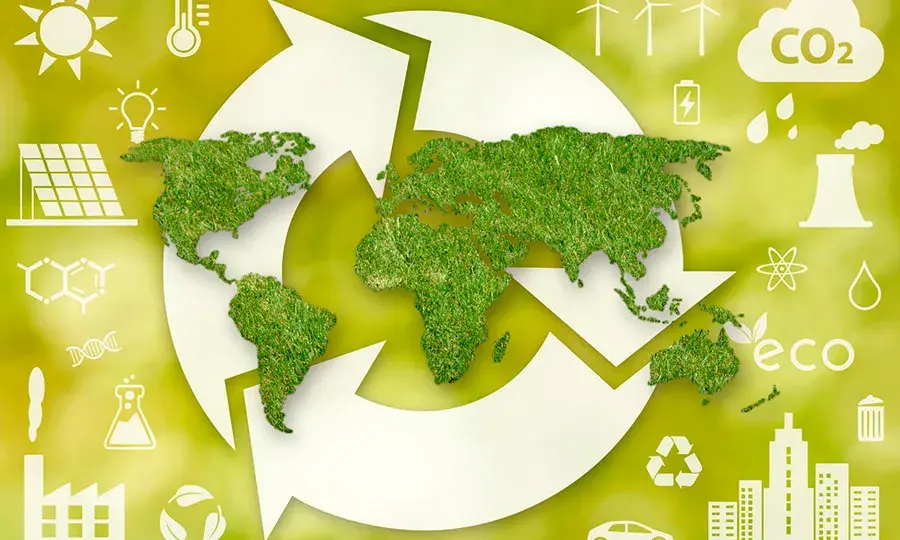The Future is Round

Supply chains aren’t a new idea. It depends on the authority you choose to reference, but they’re at least a century old. Most pundits see them taking shape with the invention of the assembly line in the early 20th century, but in fact, supply chains as a concept have been around for much longer. Before they were global, they were local; but a supply chain is a supply chain. And supply chains were always linear and never circular, right?
Just to align our terms: a circular supply chain is one in which materials not consumed during the manufacturing, packaging, and distribution processes – materials that would otherwise be discarded or destroyed – are preserved and returned to the supply chain or another production line altogether where they can be consumed for another purpose.
It’s hard to imagine that supply chain managers of an early age weren’t thinking about circularity at all, at least in purely economic terms. If a valuable item – say, an automobile engine – failed to meet specs, would they toss it out altogether? Or would they return it to the line and either repair it or strip it down for parts? To say that supply chains have never been circular is an oversimplification.
So why is the idea of a “circular supply chain” thought to be new?
Because today, circular supply chains signal a massive shift in our thinking. With apologies to former U.S. President Bill Clinton, it’s the planet, stupid.

The U.S. Department of Agriculture estimates that from 30% to 40% of the U.S. food supply is wasted.
A supermarket plastic bag was found at the bottom of the Mariana Trench, the deepest place on earth at about 36,000 feet.
The World Bank says, we generate billions of tons of municipal solid waste annually, with at least 33% of it not managed in an environmentally safe manner.
We can change things. This is why supply chain managers are thinking in circles. Increasingly today – and universally, we hope, in the future – every supply chain will be circular by design and intent. Circular supply chain design and operation will be done, not just because of efficiency metrics, but because it’s vital to all of us and the world we share. Yes, thankfully, today’s supply chain managers now answer to a higher calling: saving the world.
